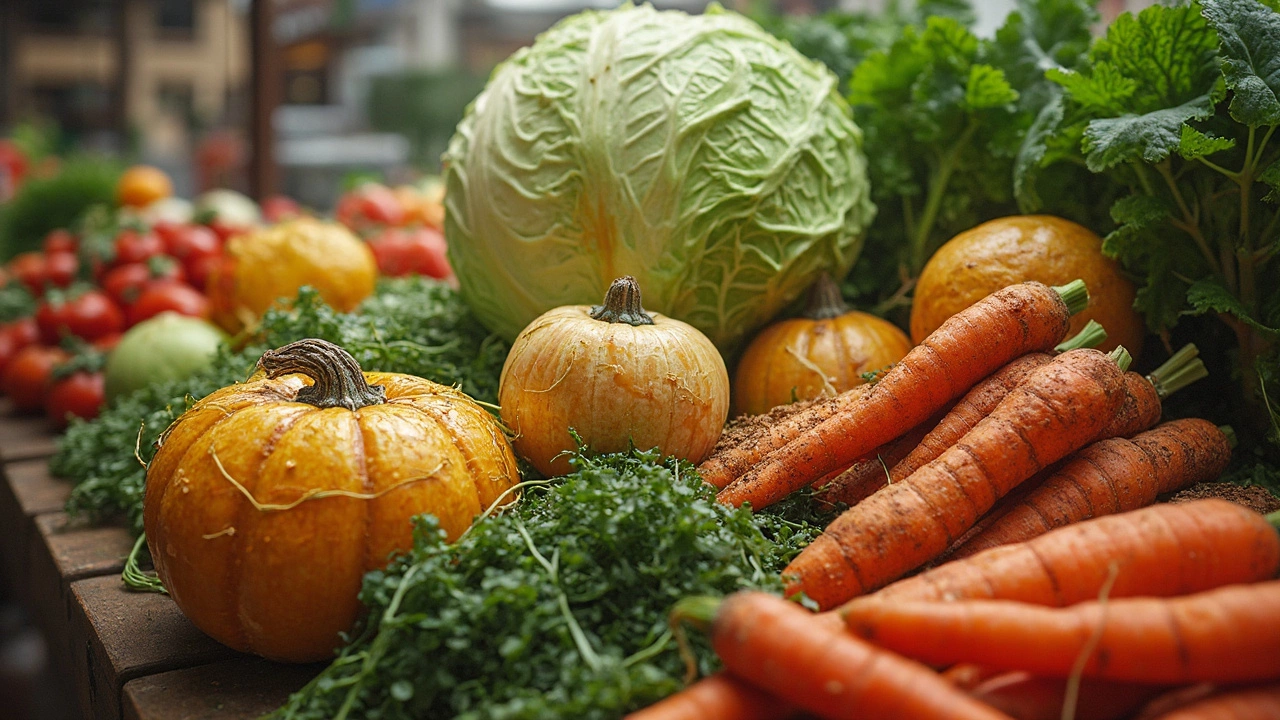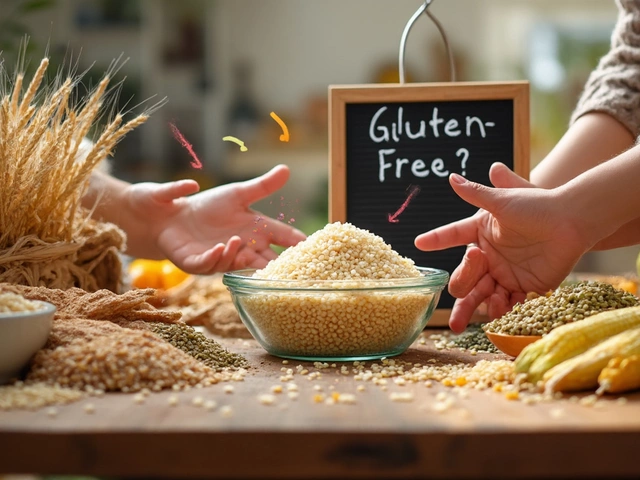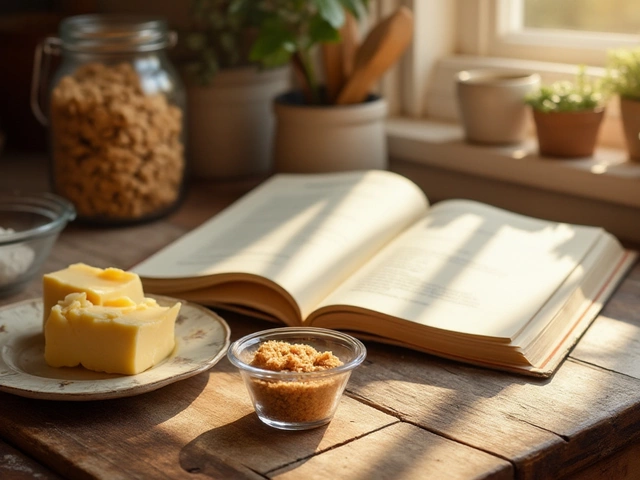Vegetables Made Easy: Quick Tips for Delicious, Healthy Meals
Ever wonder why some veggie dishes fall flat while others shine? It usually comes down to a few simple habits. Grab a few fresh vegetables, follow a handful of tricks, and you’ll get flavor and nutrition without the hassle.
Choosing Fresh Veggies
First thing – look for color and firmness. Bright greens, crisp carrots, and firm tomatoes mean they’re still at their peak. Give them a gentle squeeze; they should feel firm but not hard. If a leaf wilts or a stem bends, it’s past its best.
Season matters too. In spring, go for peas, asparagus, and baby greens. Summer brings tomatoes, zucchini, and corn. Fall is perfect for squash, Brussels sprouts, and carrots. Buying what’s in season usually means better taste and lower price.
Cooking Methods That Keep Flavor
Stir‑frying is a fast way to keep crunch and color. Heat a splash of oil, toss in cut veggies, and stir for a few minutes. Add a pinch of salt and a splash of soy sauce or lemon juice for instant lift.
Roasting brings out natural sweetness. Spread veggies on a sheet, drizzle with oil, sprinkle salt, and pop them in a 400°F oven for 20‑30 minutes. Turn them halfway for even browning. You’ll notice carrots get caramel, and broccoli turns golden.
Steaming is the go‑to for retaining nutrients. Use a steamer basket over boiling water, cover, and steam until just tender – usually 5‑7 minutes for most greens. A drizzle of olive oil and a squeeze of lemon finish the dish nicely.
Don’t forget raw options. Slice cucumber, bell pepper, or radish for salads or snack plates. A quick dip of hummus or yogurt adds protein and makes raw veggies more satisfying.
Store them right to keep them fresh longer. Keep leafy greens in a bag with a paper towel to absorb moisture. Put carrots and celery in water in the fridge; they’ll stay crisp for days. Freeze extra veggies after blanching – it locks in color and nutrition.
Finally, mix veggies with other foods you love. Add roasted squash to pasta, toss bell peppers into tacos, or blend spinach into smoothies. The more you experiment, the easier it becomes to make vegetables a tasty part of every meal.

What Vegetables Aren't Vegan? Exploring the Surprising Details
Unbeknownst to many, not all vegetables are vegan-friendly due to certain processing methods. While it might seem like fresh produce is always a safe bet for plant-based diets, some farming practices and added ingredients prove otherwise. In this article, we'll explore which vegetables may contain hidden non-vegan factors. Discover tips on identifying these vegetables, and learn how to ensure your meals remain 100% vegan.
View More




